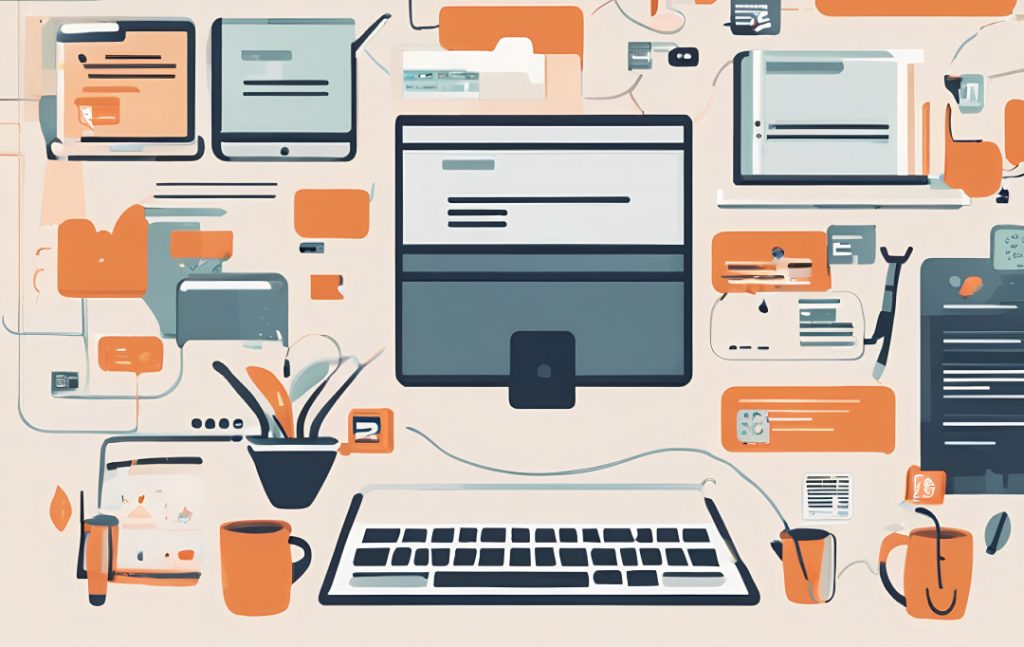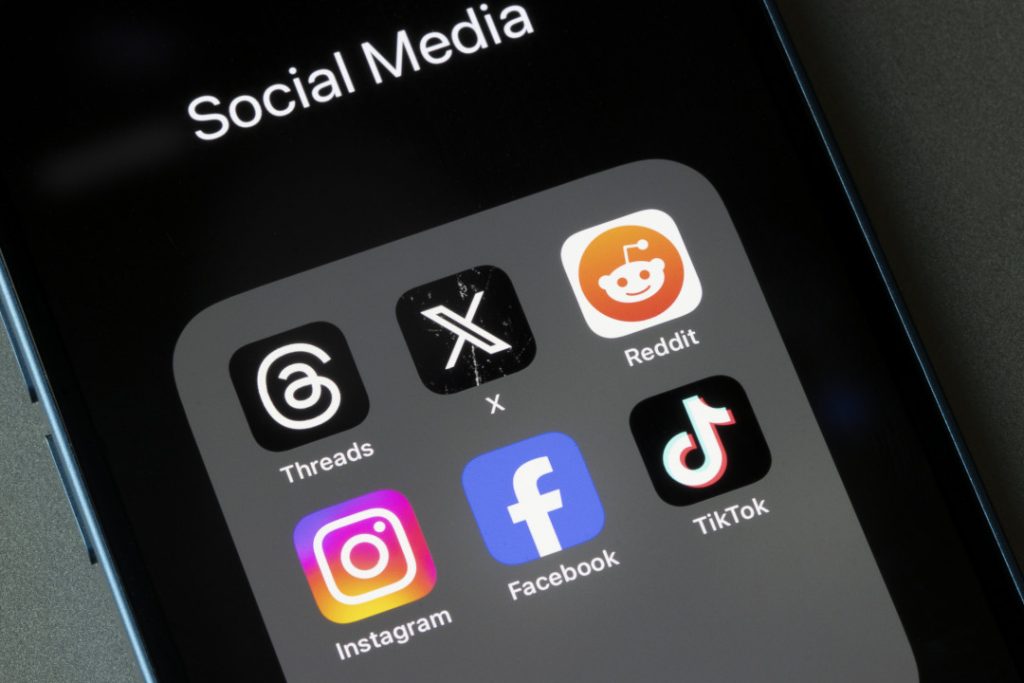B2B marketers, a new opportunity for innovation and disruption has arrived once again. Technological improvements, new touchpoints, and constantly shifting customer behavior continue to compel marketers to rethink their customer journeys while testing their fidelity to defined processes and traditional forms that no longer seem to achieve the same results.
With the proliferation of customer data, many marketers have entered an era where frustration is frequently recognized and responded to with confusing strategies and, at times, pointless pivots. Yet over the past five years, experience has shown that the simplest way to increase leads, customer retention, and loyalty is to pay close attention to the straightforward choices taken along your customer’s journey and provide relevant content throughout that journey.
We hope to arm readers with the knowledge they need to navigate a time when frustration and complexity can be a default, and we do so by teaching how optimization through mapping, gathering data, and optimizing can drive a successful understanding of the customer journey landscape and, therefore the birth of robust content strategies.
Rethinking Your Customer Journey
The relationship between customers and an organization across time and all platforms on which they engage with the business is identified using customer journey maps. All customer journeys involve non-linear touchpoints, including physical and digital action points, print, direct mail, in-person- events, call centers, online advertisements, search, landing pages, podcasts, social media, and many more.
In contrast to B2C, the customer in B2B is often a collection of individuals representing the business. As a result, B2B marketers must know how to reach each individual and aim to influence to align on purchasing. Nevertheless, the increase in digital platforms has inspired many marketers to think from a B2C point of view to fulfill the increasing demand for real-time/digital interactions expected by today’s B2B customers.
“On average, a B2B customer will regularly use six different interaction channels throughout the decision journey, and almost 65 percent will come away from it frustrated by inconsistent experiences” – McKinsey.
Looking at the data
Gathering data from the customer journey enables a thorough assessment of customers’ actions, hopes, ideas, and sentiments. Marketers can discover preferences, how to get customers to complete a buying cycle or how to satiate and keep customers returning. Best practices call to identify which touchpoints customers use, which ones they ignore, and how they interact with the current strategy before optimization can begin.
For example, if the objective is to acquire leads, marketers can identify the touchpoints where the customers are undertaking research (often at the awareness stage) and make decisions on how the sales team can take a step back (or sometimes forward) to facilitate their ability to find rapid solutions.
Nevertheless, additional developments and marketing strategies exist to go above and beyond to visualize the customer entirely. The goal of considered purchase marketing is to change how customers or businesses make decisions when they weigh their options, evaluate features, and assess benefits throughout an extended purchasing process. This methodology focuses on identifying which category entry points a brand has a competitive advantage while mapping and prioritizing why the customer begins their search for a product or service.
Whitepaper: How To Take Your B2B Data—And Revenue—To The Next Level

Category Entry Points (CEPs) are any internal cues (such as motives, and emotions) and external cues (such as location and time of day) that may affect any purchasing situation. Even though each category buyer and each buying scenario are unique, there are recurrent patterns that can be identified and referred to as CEPs.
Taking the time to understand fundamental data and the juxtaposition that creates nuance for each customer will allow marketers to provide an experience that will keep their customers returning. In addition, collecting and including data outside the marketing initiatives is often an overlooked action step that must be considered for a seamless and transparent journey optimization.
Omnichannel Support & Alignment
When it comes to the B2B buyer today, the tech-savvy, tailored solutions and interactive content experienced in their B2C world as a personal consumer can often be expected from B2B transactions. This shift is a substantial reason why omnichannel customer experiences retain an average of 89% of their clients. (Digital Commerce 360, 2022) but it is important to understand that omnichannel outreach is as effective as the quality of the handled data.
Successful journey mapping acquires contributions from other relevant stakeholders, and when done correctly, marketers realize how these contributions can hold golden insights. The marketing team, sales, and customer service department must be ready to collaborate and support each other on how to further optimize the journey before, during, and after conversion.
This is where the magic happens. Marketing is doing the heavy lifting for sales, and the more they communicate and collaborate, the more efficient we are finding the sales closing process. We’ve coined the term “bullpen,” which is a great way for our clients to visualize the role marketing plays as they tee up qualified leads for the sales team. Once marketing has the right leads in the bullpen, it’s game time for the sales team.
If every team – marketing, sales, and service – establishes and creates a thorough document that profiles the customer journey from beginning to end, each team should be able to follow the same playbook. As a result, each team will learn about and develop a thorough, first-hand understanding of the entire customer journey or process rather than just a section of it, enabling simple integration and for marketers, strong optimizations.
“Players who get omnichannel right though can not only attract new customers but retain existing ones, leading to higher revenues, lower cost to serve, improved customer satisfaction scores, and reduced churn rates” – Harvard Business Review, 2022
Setting up marketing automation can maximize brand visibility across all customer-interaction channels. The simple goal is to enable the sales team to concentrate efforts where there is the most significant chance of conversion while allowing the customer service team to focus on customer care and personalized experiences holistically. The larger objective is to support a pleasant and effective customer journey where content strategies that yield results will flourish.
Mapping & Analytics
As previously mentioned, when it comes to B2B multiple people influence a purchase. A common scenario for marketers is finding one person seeking a demo, another researching, and, further down the line, one who is heavier in making decisions but may not have the identical product experience as their staff.
These common scenarios are why it’s essential to lay out each customer’s persona through your journey and each phase of the customer cycle. In addition, mapping out touchpoints along with personas will further identify gaps and opportunities for optimization.
Once the customer journeys are sketched out and the relevant data has been identified and gathered, it is possible to connect specific encounters to specific customer behavior, survey results, social media comments etc., to understand how to take action through customer journey analytics.
Customer journey analytics gives the power to link causes and effects and practical steps marketers can take to alter certain encounters or the customer experience as a whole. For example, testing how modifications in a customer’s journeys affect their future decisions when customers react negatively to particular processes or encounters.
Ready for Part Two?
Fill out the form below to see the second part and summary on The Re-Defined Customer Journey & The Evolution Of Content Strategies.
REFERENCES
14 Ways to Improve Customer Loyalty During COVID-19. (2021). B2B Marketing Zone. https://www.b2bmarketingzone.com/interactive/loyalty/touchpoints/?open-article-id=14134163&article-title=14-ways-to-improve-customer-loyalty-during-covid-19&blog-domain=singlegrain.com&blog-title=single-grain
B2B Customer Feedback: How to Gather & Take Action. (n.d.). Qualtrics. https://www.qualtrics.com/uk/experience-management/customer/b2b-customer-feedback/
Chung, D. J., Huber, I., Devignes, J.-C., & Clauwaert, T. (2022, January 24). How B2B Businesses Can Get Omnichannel Sales Right. Harvard Business Review. https://hbr.org/2022/01/how-b2b-businesses-can-get-omnichannel-sales-right
Helpshift: provide the support that customers want. (n.d.). Cisco Investments. Retrieved October 13, 2022, from https://www.ciscoinvestments.com/helpshift-provide-support-customers-want
How Category Entry Points apply to Digital Marketing. (2020). Www.linkedin.com. https://www.linkedin.com/pulse/how-category-entry-points-apply-digital-marketing-brandops/
Interactive, Loyalty and Touchpoints. (2022). B2B Marketing Zone. https://www.b2bmarketingzone.com/interactive/loyalty/touchpoints/
Morgan, B. (n.d.). 11 Best Practices for B2B Customer Experience. Blog.hubspot.com. https://blog.hubspot.com/service/b2b-customer-experience
Pant, M. (2022, July 11). 10 B2B Content Marketing Case Studies You Need to See. Https://Opsvise.com. https://opsvise.com/blog/10-b2b-content-marketing-case-studies/
Patel, N. (2021, September 1). How to Create a B2B Content Strategy. Neil Patel. https://neilpatel.com/blog/b2b-content-strategy/
Smith, M. (2012). 75 Customer Service Stats and Facts you Can’t Afford to Ignore. Help Scout. https://www.helpscout.com/75-customer-service-facts-quotes-statistics/
Stamford, C. (2022, June 12). Gartner Survey Reveals 86% of B2B Customers Expect Companies to Be Well-Informed About Their Personal Information During Service Interactions. Gartner. https://www.gartner.com/en/newsroom/press-releases/2022-05-13-gartner-survey-reveals-b2b-customers-expect-companies-to-be-well-informed




